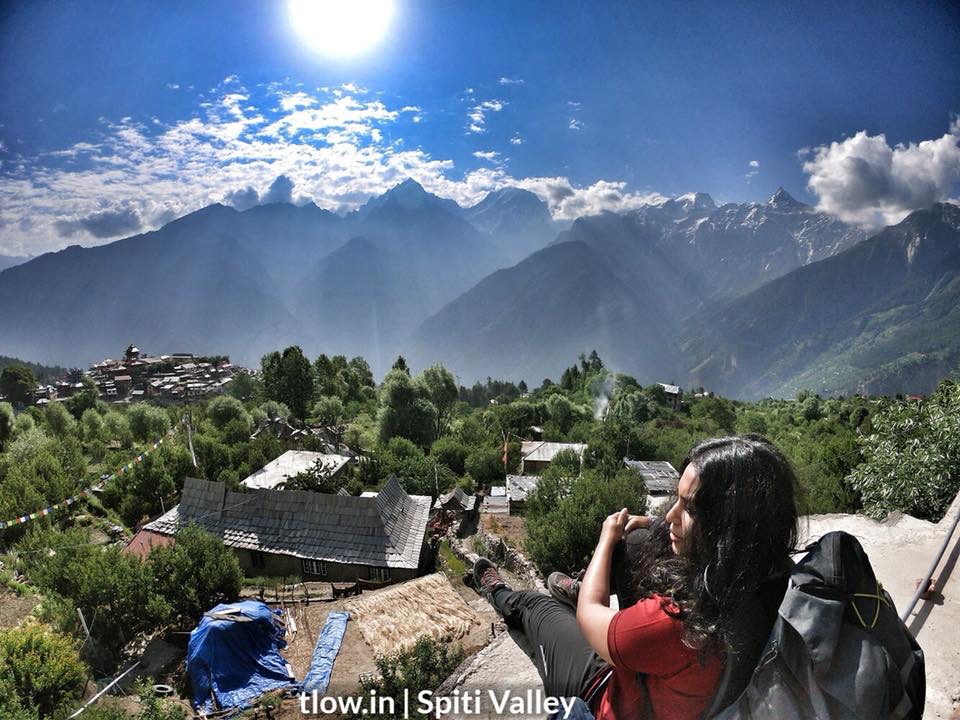
10 Fun facts about Kalpa, Kinnaur Valley in Himachal Pradesh
Kalpa is a town with a history of ancient temples. The Sutlej River below hurtles through deep gorges, the winding mountain road is bordered by chilgoza forests. The serenity of this sleepy hamlet was not often visited by foreigners until recently, but there are still relatively few visitors.
There are now over five places to stay in Kalpa and more, below, in Reckong Peo where travellers must stop to get their inner line permits to continue upwards to the Spiti Valley, which is a small ancient part of what used to be Tibet.
The view from Kalpa is beautiful with an observer getting the feeling that he is sitting in the lap of the mountains with the entire range of peaks being visible. Also visible from this place is the sacred Shivling rock on the Kailash mountain that changes its colour at different points in the day.
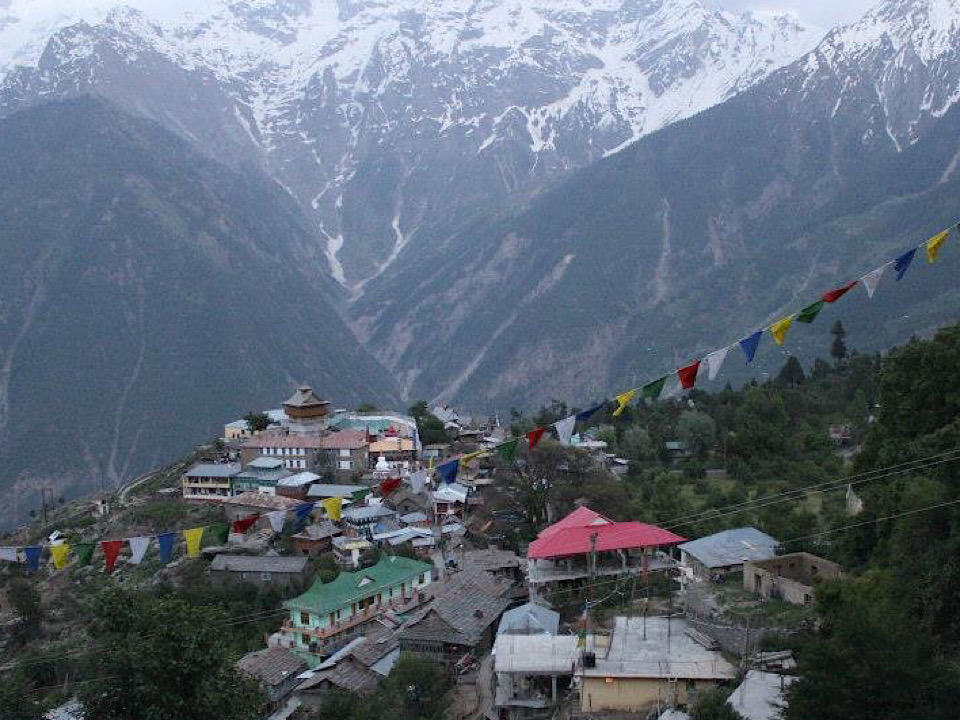
- Altitude
Kalpa is at an average elevation of 2,960 metres (9,711 feet). It is located 265 kilometres (165 mi) beyond Shimla on the NH-5 in Kinnaur district. It is located at the base of the Kinnaur-Kailash snow-capped ranges. The Shivling peaks rise up to 20,000 feet (6,000 m). Kalpa is among apple orchards, pine-nut forests and the stately deodars. It is above the town of Reckong Peo, the district headquarters of Kinnaur, which has a hundred-year-old Buddhist monastery.
- Speciality
It is very famous for the production of high quality of apples, and pinus gerardiana also known as chilgoza. All the area in tehsil Kalpa is an apple growing area, which is the main cash crops of those people who live here.
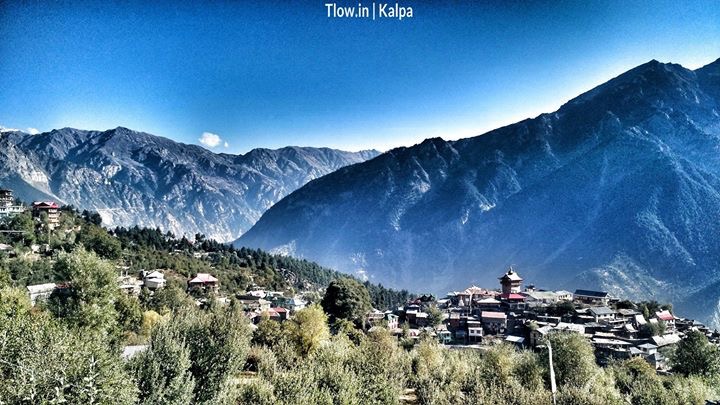
Kalpa Temperature
In winter, all the villages are covered by about 5–7 feet of snow, and the temperature can drop to as low as -20 °C, heavy woolens are required even most of time in summer.
- Clothing
The area of Kalpa enjoys a temperate climate due to its high elevation, with long winters from October to May, and short summers from June to September. During wintertime, heavy woolens are required when the temperature goes below freezing point around -15 degree to – 20 degree.
- Connectivity
Travellers can easily reach Kalpa via airways, railways and roadways. For travellers who wish to travel by air, the Shimla airport is the nearest air base to Kalpa. It is situated at a distance of 276 km from the village of Kalpa and is connected with major cities like New Delhi, Mumbai and Kullu.
Travellers can easily avail taxis and cabs from Shimla airport to Kalpa. The nearest railway station to Kalpa is the Shimla railway station, which is around 244 km away. It is a major railhead, which is connected to important Indian cities. Taxis and buses are easily available from the railway station to Kalpa.
Travellers can also reach Kalpa by road via NH-22 (Hindustan-Tibet Road), which deviates from Powari to Kalpa. Travellers can take both state owned and private buses from nearby cities such as Shimla and Rampur to Kalpa. In addition to this, tourists can also avail buses from the Rohtang Pass, which is only open during the summer season.
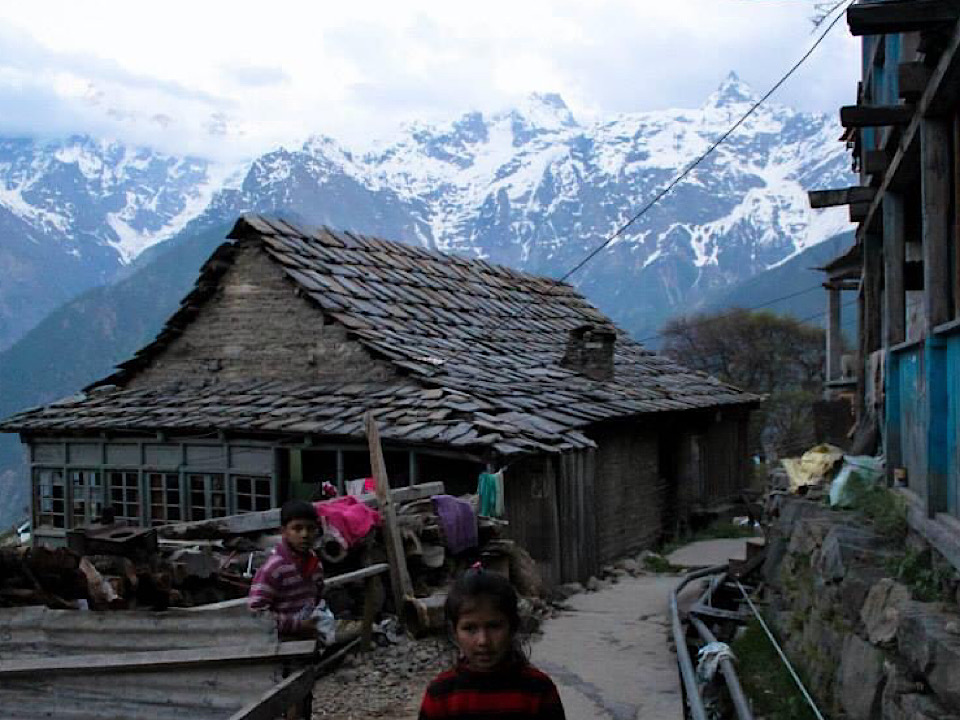
- Food
The staple food is wheat, ogla, phafra and barley which are local produce. Besides these kankani, cheena, maize, chollair and bathu are also taken. The principal pulses consumed are peas, black peas, mash and rajmash. The vegetables usually consumed are cabbage, turnips, peas, beans, pumpkin, potato, okra and tomato besides some locally available wild green vegetables leaves. They relish rice too which is imported from the plains. Taking a salted tea called cha in the morning and evening is very popular among the Kinnauris which is usually taken along with sattu made of parched barley flour. People are non-vegetarian and they relish goat and ram’s meat.
- Alcoholic Drinks
Taking of alcoholic drinks in their day-to-day life and also on the ceremonial or festive occasions is quite common among them. Alcohol is distilled at the household level. It is made out of fruits like grapes, apple, pear etc. grown locally and of barley.
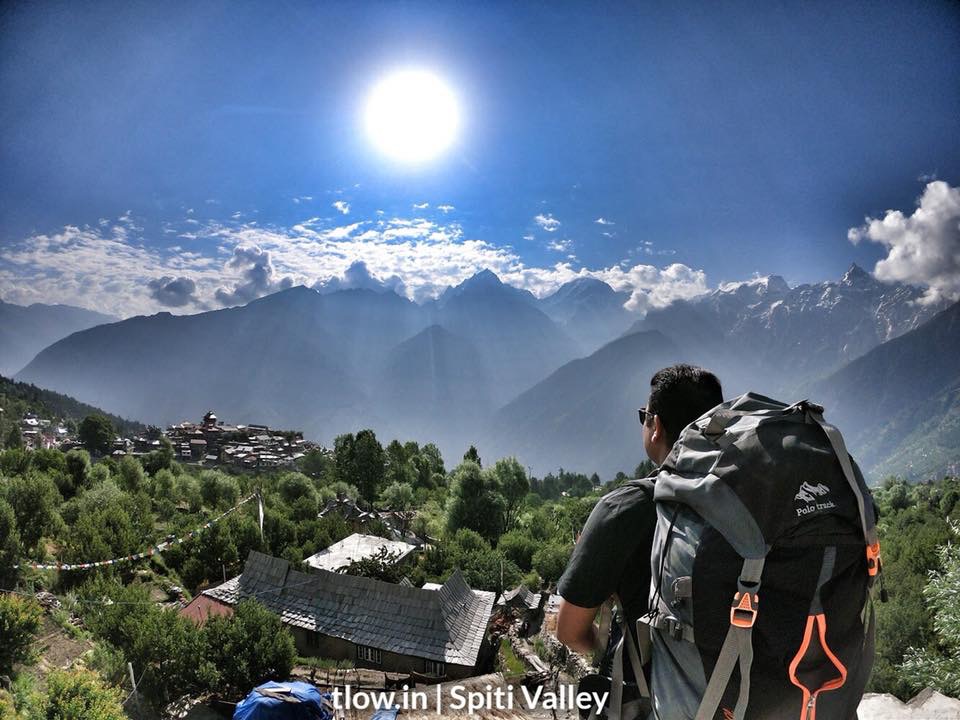
- Religion
Hinduism is the main religion in the district followed by Tibetan Buddhism. These two religions have undergone religious mixing, along with some indigenous shamanistic practices.
- Modern Influence
Generally, Kinnaur houses have storerooms for keeping grain and dried fruits, and separate wooden grain-storage structures, called kathar. Pakpa, a piece of sheepskin or yak skin, is often placed on the khayarcha mat. Traditionally, the people of Kinnaur use utensils made of brass and bronze. Modern influences have included the introduction of Chinese crockery, and utensils made of stainless steel and aluminium. Clothes are mainly of wool. The thepang, a grey woollen cap, is worn with a white velvet band.
- Walking
Nature walks are recommended for tourists, who wish to explore the real beauty of the place. Walking is considered an ideal way of exploring this region. The pleasant atmosphere adds to the charm of the place.
–>For a similar experience, >>Click here
–>To plan a trip to Himachal Pradesh, >>Click here


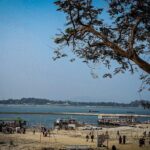








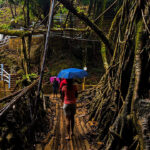
Breath taking views of the Snow carpet Himalayas